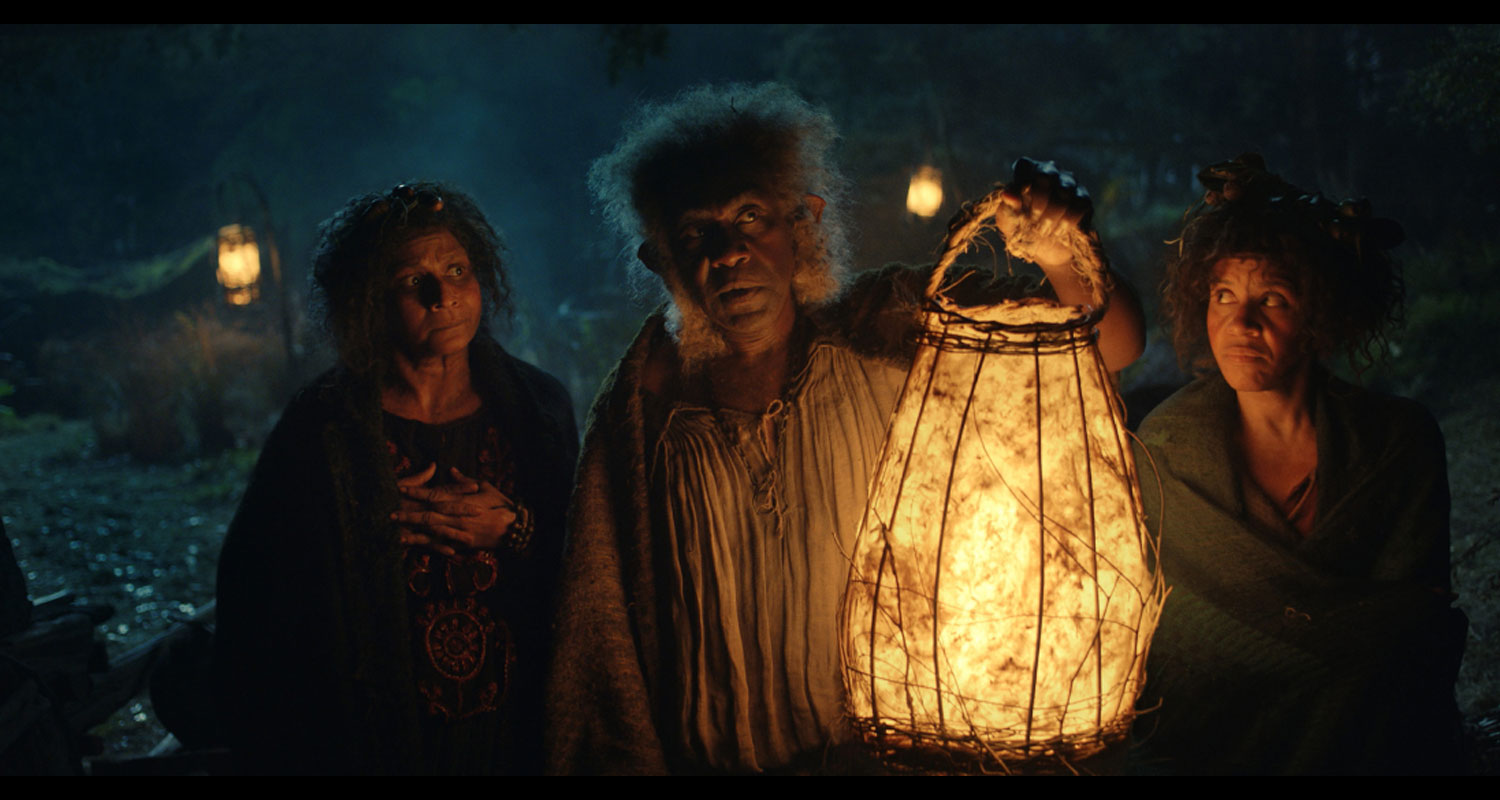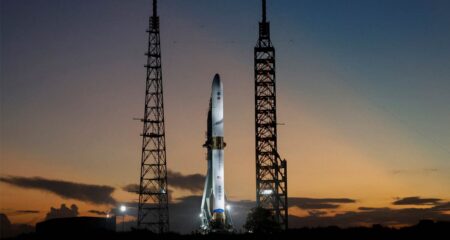
Almost as soon as Amazon.com acquired the global television rights to The Lord of the Rings franchise in 2017 for US$250-million, LOTR die-hards were on edge, fretting and squabbling in Reddit chatrooms and on Twitter with concerns about plot, veracity and execution.
And when the company released a trailer for The Lord of the Rings: The Rings of Power, a five-season show based partially on a world-building backstory JRR Tolkien had written as appendices to The Return of the King, there was further agitation. The diverse cast and various female leads elicited complaints that smacked of racism and misogyny: “It’s the disrespect to the source material that we just won’t accept,” went a representative critique.
After watching the first two hour-long episodes (Amazon would make only two of the eight available to the media ahead of the 2 September series premiere), I can confidently say that the critiques don’t matter. I’m sure there’s much to offend various loyalists, but the vast majority of viewers, myself included, won’t be among the aggrieved.
Instead, showrunners and executive producers JD Payne and Patrick McKay have managed to put together a sweeping, lush epic that echoes the sensibilities of Peter Jackson’s Lord of the Rings and Hobbit trilogies while forging new ground. The settings are the same: both the film and the series were filmed in New Zealand. So, too, are the aesthetics of each species, with elaborate, delicate motifs for elves and angular, severe decoration for dwarves. Characters speak in British accents, apparently the official accent for years of yore. If anything, the Ring of Power’s special effects outclass those of its 20-year-old cinematic predecessor. The series’ estimated US$1-billion (R17-billion) price tag was, it seems, worth it.
The initial, high-fantasy scene-setting will be familiar to anyone who has a glancing familiarity with the movies. We’re a few thousand years before Frodo Baggins begins his quest to destroy an evil ring by plunging it into a volcano, but the villain Sauron is the same. As in the movies, evil forces had risen up, only to be defeated before the actual story begins; and just as in the movies, only a few Cassandras are convinced that they’re not actually gone, just gathering strength in secret. The first episodes are devoted to proving them right.
Elves
We meet Galadriel (an excellent Morfydd Clark) as an elven commander dead-set on finding Sauron, defying the prevailing wisdom of her fellow soldiers and the elven elites. Her quest begins as a solitary one, with her scaling mountains and crossing oceans in an attempt to root out evil. And yes, this is the Galadriel who makes a later appearance in the movie trilogy, played by Cate Blanchett.
Another elf, Arondir (Ismael Cruz Córdova), has more in the way of company. Formerly stationed in an elvish garrison on Middle-earth, he, like Galadriel, refuses to accept the “Mission Accomplished” messaging of his commanders. He embarks on his own orc-finding quest, aided at first by a human healer (Nazanin Boniadi), with whom he exchanges long, meaningful glances — the only time I thought the show drifted dangerously close to camp. (If you need it, it’s a sure sign that Rings of Power will remain in TV-14 territory without the blood, gore and nudity that HBO doubled down on with its Game of Thrones spinoff.)
A third elf, Elrond (Robert Aramayo), an ambitious politician (this is the same Elrond who appears as the lord of Rivendell in the trilogy) gets the third quest, travelling first to the vast underground kingdom of the dwarves, where he’s tasked with consensus building for an as-yet-articulated mission. It doesn’t take a Tolkien scholar to realise he’s trying to put together a quorum that will create the rings of the show’s title, though I should stress that that is not a confirmed plot point.
Indeed, reviewers have repeatedly been warned by Amazon Prime Video’s representatives not to give away story specifics, a reasonable but laughable concern given that the first two episodes — which, mind you, are together as long as a full-length movie — spend most of their time clearing their throat in preparation for the real action to begin. Plot, if you can call it that, is devoted to getting its principal characters on whatever path they’re supposed to be on.
And so we are also introduced to a tribe of Harfoots, a precursor to Hobbits who share their descendants’ whimsy, saccharine good humour, and their tendency to attract danger. And there are humans, a race the show generally takes a dim view of; most tend to be cruel, conniving and bigoted, though I assume we’ll encounter a few good apples as the story unfolds.
Lest this all seem too rote, I should emphasise what a pleasure it is to watch. Each episode cost approximately $58-million, and it shows: The cinematography is gorgeous, the interiors detailed, the CGI just a notch below blockbuster level. Unlike blockbusters, though, this a narrative marathon, not a sprint, so plot twists and big reveals are sprinkled judiciously, with just enough action to keep viewers engaged.
The show is interested in things the movies were not. Elves’ appearance on the shores of Middle-earth centuries earlier, for instance, is not universally embraced. Instead, they’re positioned as a sort of alien elite whose ostensible good intentions to help defeat evil can’t erase the fact that they’re a militarised, occupying force.
The Rings of Power, in other words, is a thoughtful, arresting interpretation of Tolkien that takes the story in a new direction. Self-professed Tolkien experts can whine all they want. The show is guaranteed to find millions more to take their place. — (c) 2022 Bloomberg LP




